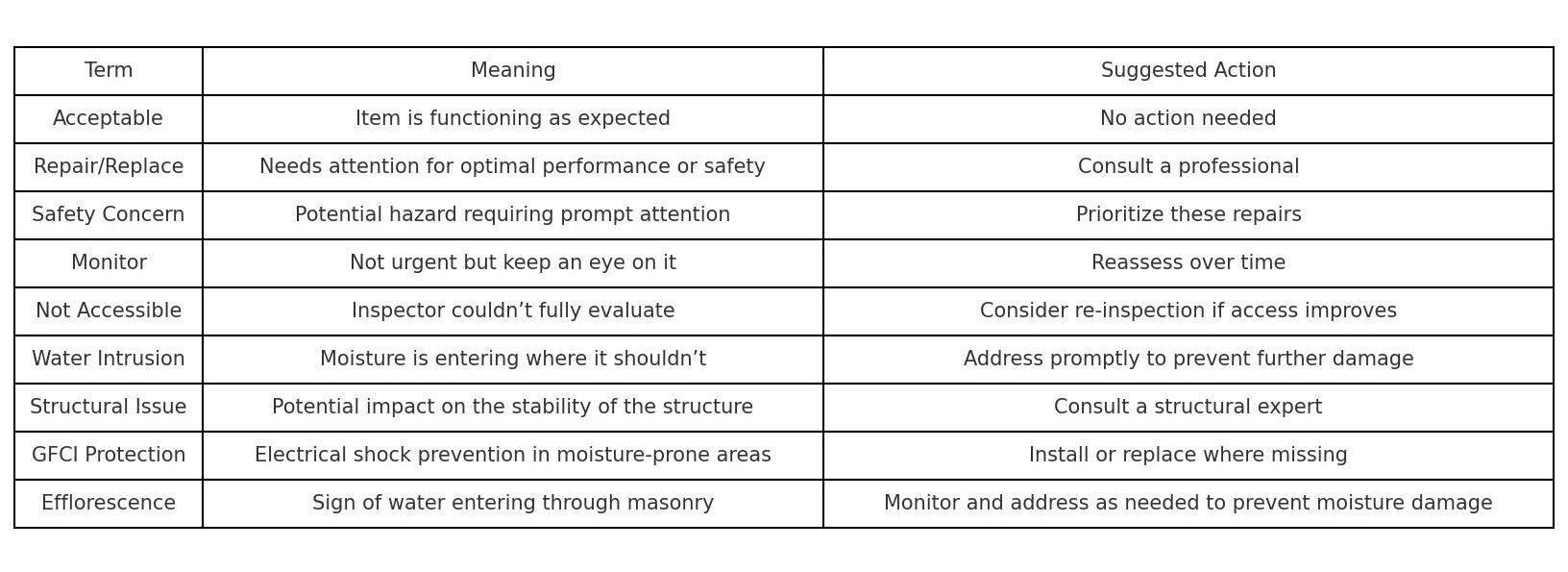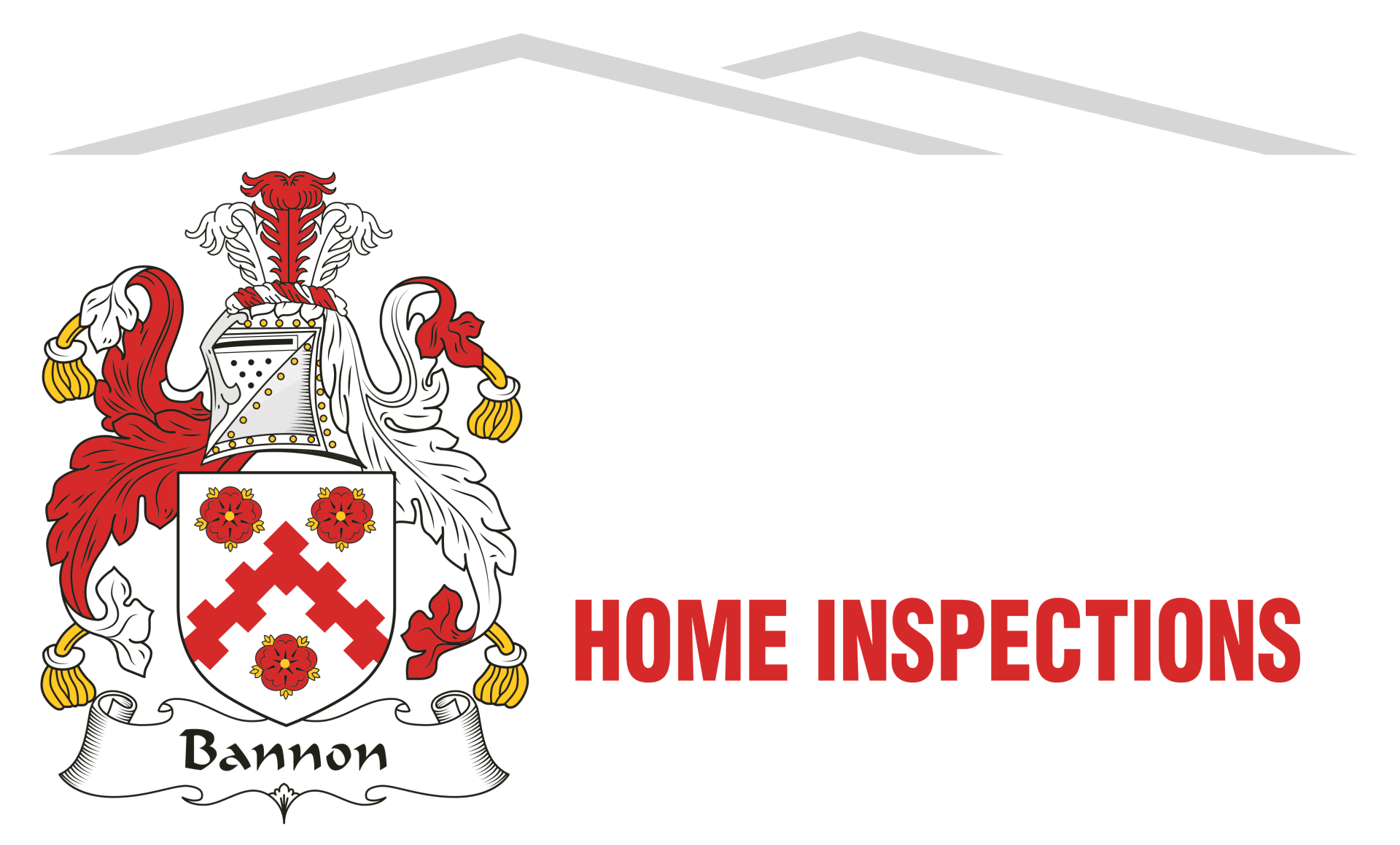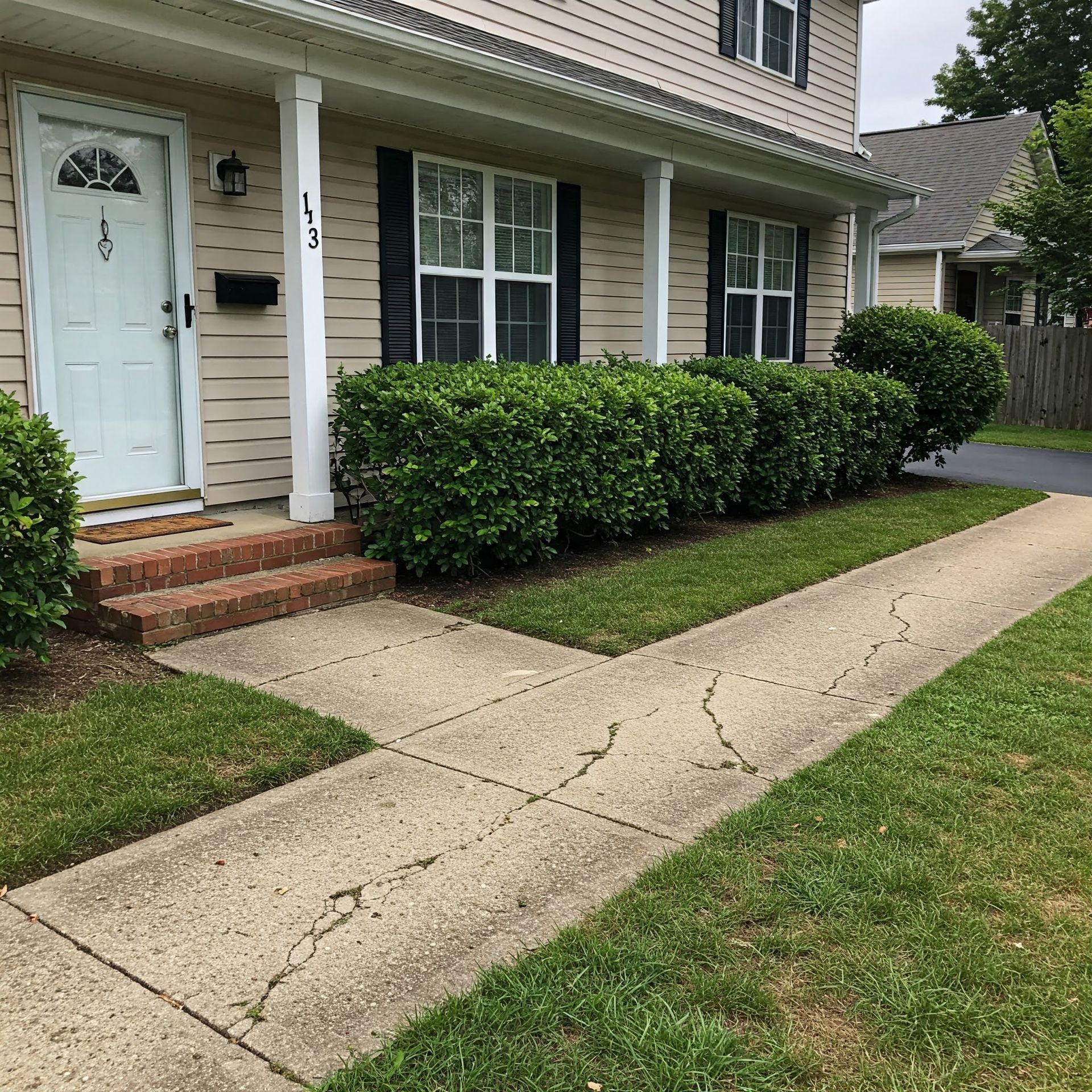Decoding Your Home Inspection Report: Key Terms and What They Mean
Why Decoding Your Home Inspection Report Matters
When you receive a home inspection report, it can be overwhelming. Understanding key terms and recommendations helps you know which items need immediate attention and which ones can wait. Here, we’ll walk you through some commonly used terms in Bannon Home Inspections reports to help you make sense of your report.
Key Terms in Your Inspection Report
- Acceptable: This rating means that the inspected item is functioning as expected, considering its age and purpose. For example, if your water heater is labeled as “acceptable,” it was functioning normally at the time of inspection.
- Repair/Replace: Items with this rating should be addressed by a professional to prevent further issues. For example, the inspection might note that damaged wood was “painted over,” potentially hiding underlying moisture issues. Addressing these repairs early can prevent costly damage down the road.
- Safety Concern: This is a high-priority item that may pose a safety risk if left unaddressed. Examples include missing smoke detectors, exposed wiring in the electrical panel, or missing GFCI outlets in moisture-prone areas like bathrooms. Safety concerns should be addressed as soon as possible.
- Monitor: This label is for items that don’t need immediate repair but should be watched over time. For instance, “monitor” might apply to minor cracks in the foundation. If the issue worsens, it may require professional evaluation later.
- Not Accessible/Not Inspected: Sometimes, areas or components can’t be fully examined due to restricted access. This could be an attic with limited clearance or a foundation area blocked by debris. If accessibility improves, consider having these areas re-evaluated.
Common Issues and Terms in Inspection Reports
- Moisture Intrusion: This means water is getting into places it shouldn’t, like basements or crawl spaces. Moisture can lead to mold, rot, or structural issues. In this inspection, we found unsealed exterior penetrations, potentially allowing water to seep behind walls. Addressing moisture intrusion is crucial to prevent larger issues.
- Structural Integrity: Structural issues refer to the stability of the home’s foundation, walls, and roof. For instance, this report notes unprofessional pier installation under the foundation, which could impact the structure's stability. Structural concerns are usually best addressed by licensed contractors.
- GFCI Protection: Ground Fault Circuit Interrupter (GFCI) outlets are essential in wet areas, such as bathrooms, kitchens, and outdoor locations. They protect against electrical shock. If your inspection mentions that GFCI outlets are missing or not functioning, it’s worth upgrading them.
- HVAC Condition: This refers to the state of your heating, ventilation, and air conditioning systems. In this report, the HVAC system was checked for functionality, but regular maintenance may still be recommended for optimal performance.
- Plumbing Configuration: Sometimes, non-standard plumbing configurations, such as “S-traps,” can cause issues with water drainage. Proper alignment of plumbing helps prevent sewer gas and odors from entering your home.
- Efflorescence: This white or powdery substance on foundation walls indicates water infiltration. While it’s not immediately damaging, it’s a sign that moisture is entering, which could lead to more serious issues if not addressed.


Final Thoughts: Understanding and Prioritizing
Your Bannon Home Inspections report is more than just a checklist—it’s a tool to help you make informed decisions about your property. Knowing how to interpret each term and recommendation can empower you to address the most critical concerns first. And remember, Bannon is always available to answer questions about your report, whether it’s about structural integrity or simply what “efflorescence” means.
Understanding your inspection report can make all the difference in keeping your home safe and sound for years to come.






